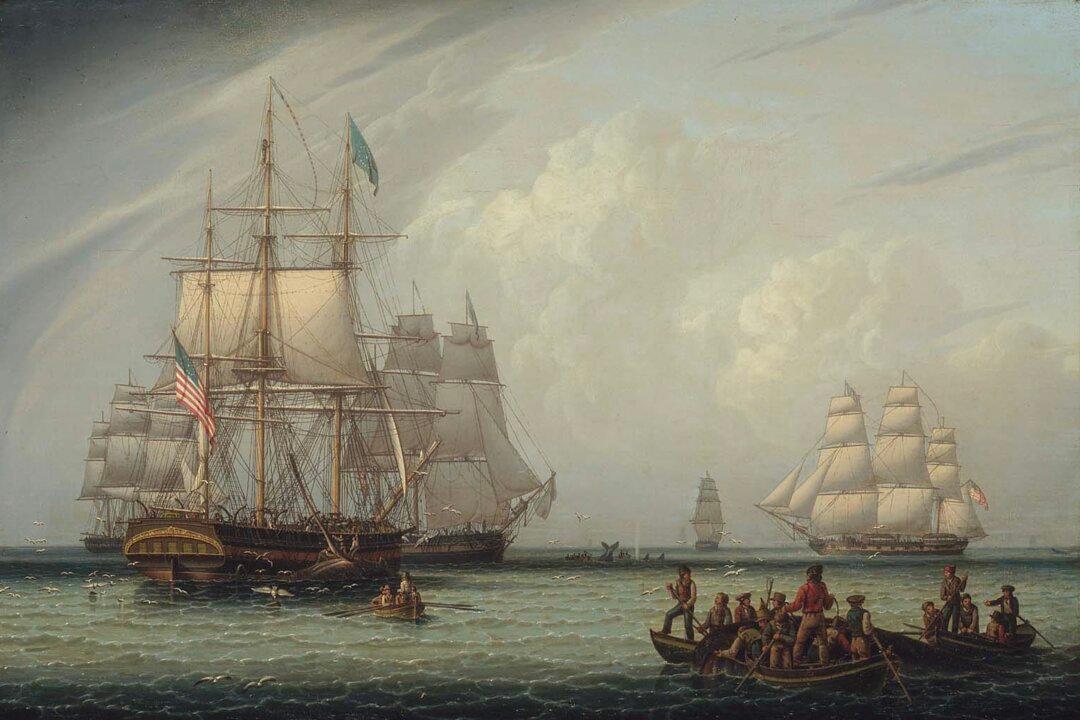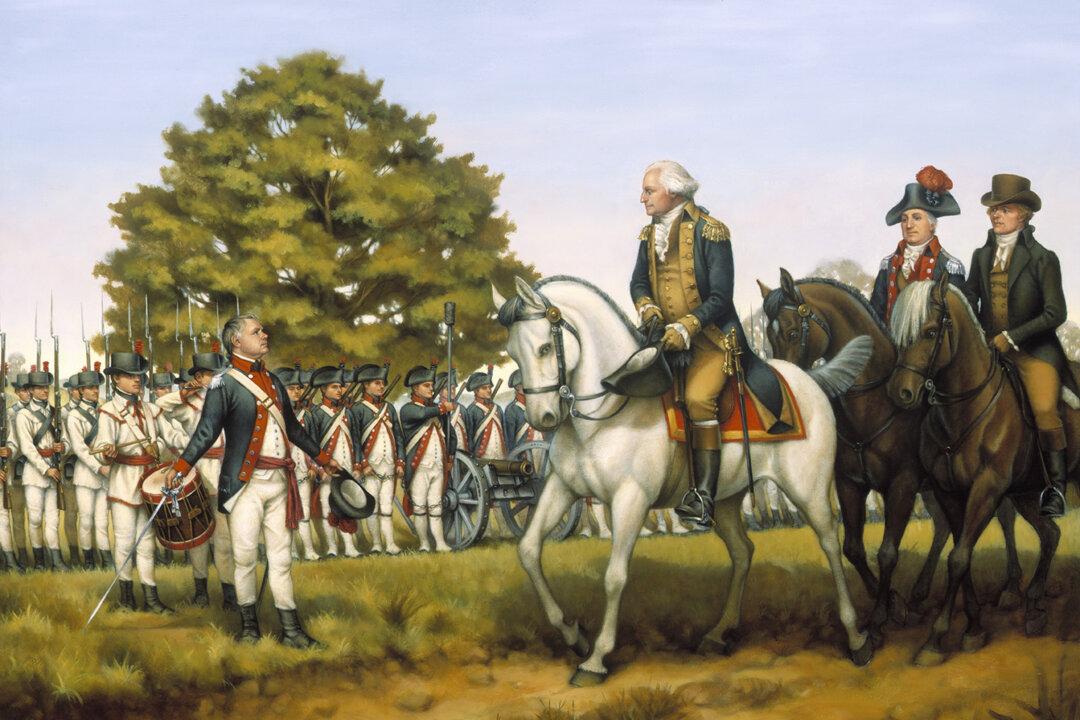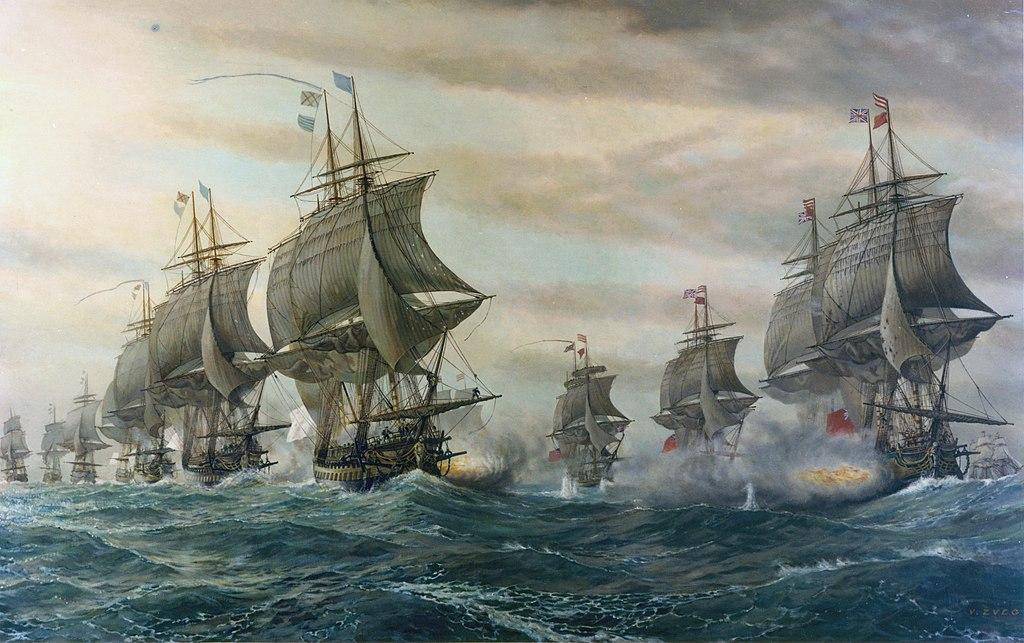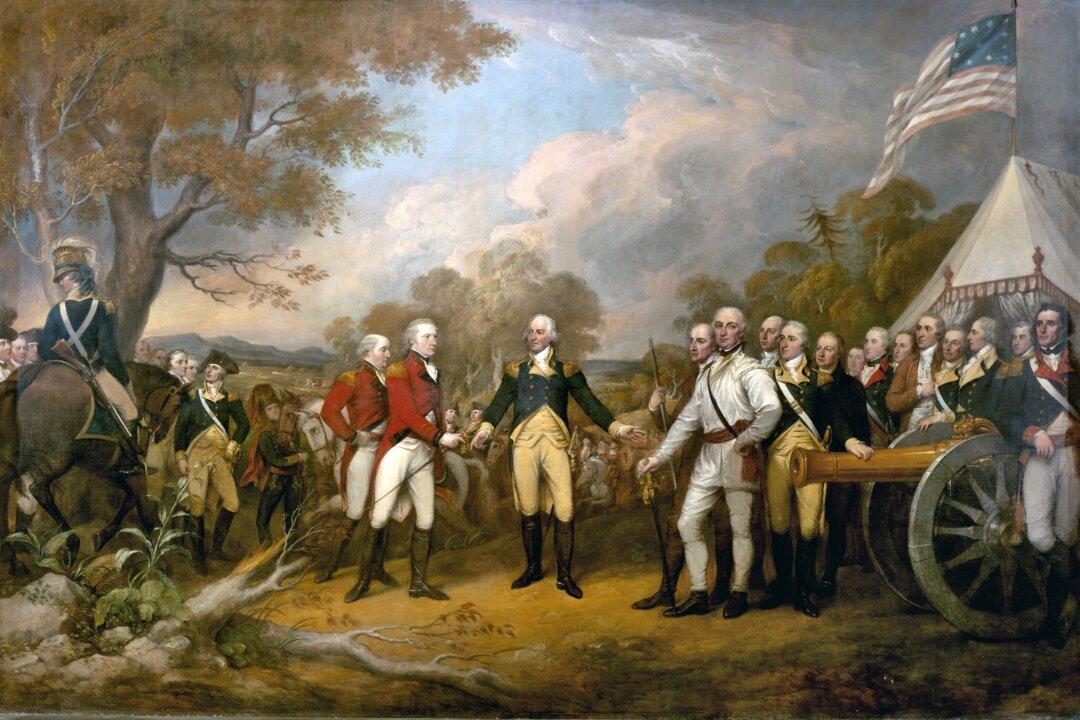Paul was the seventh of 10 children of Cuffe Slocum, an African carpenter, and Ruth Moses, a native Wampanoag Indian. Paul Cuffe’s father was given his freedom in 1745 by his Quaker master in Massachusetts and settled his family on a farm near Cape Cod in the town of Westport. The soil was barren, the work was hard, and the smell of the ocean forever enticing, especially to Paul.
But to make the leap from plowing fields to sailing boats, young Cuffe knew he needed to learn to read and write, and he barely knew his alphabet. With determination and the help of friends, Cuffe soon conquered the alphabet and reading and writing. Before long, he was studying basic navigation and then mastering the three L’s: latitude, lead, and lookout, with lead being a weighted sounding line to measure the depth of water beneath a ship. Hands-on experience was the next step.





